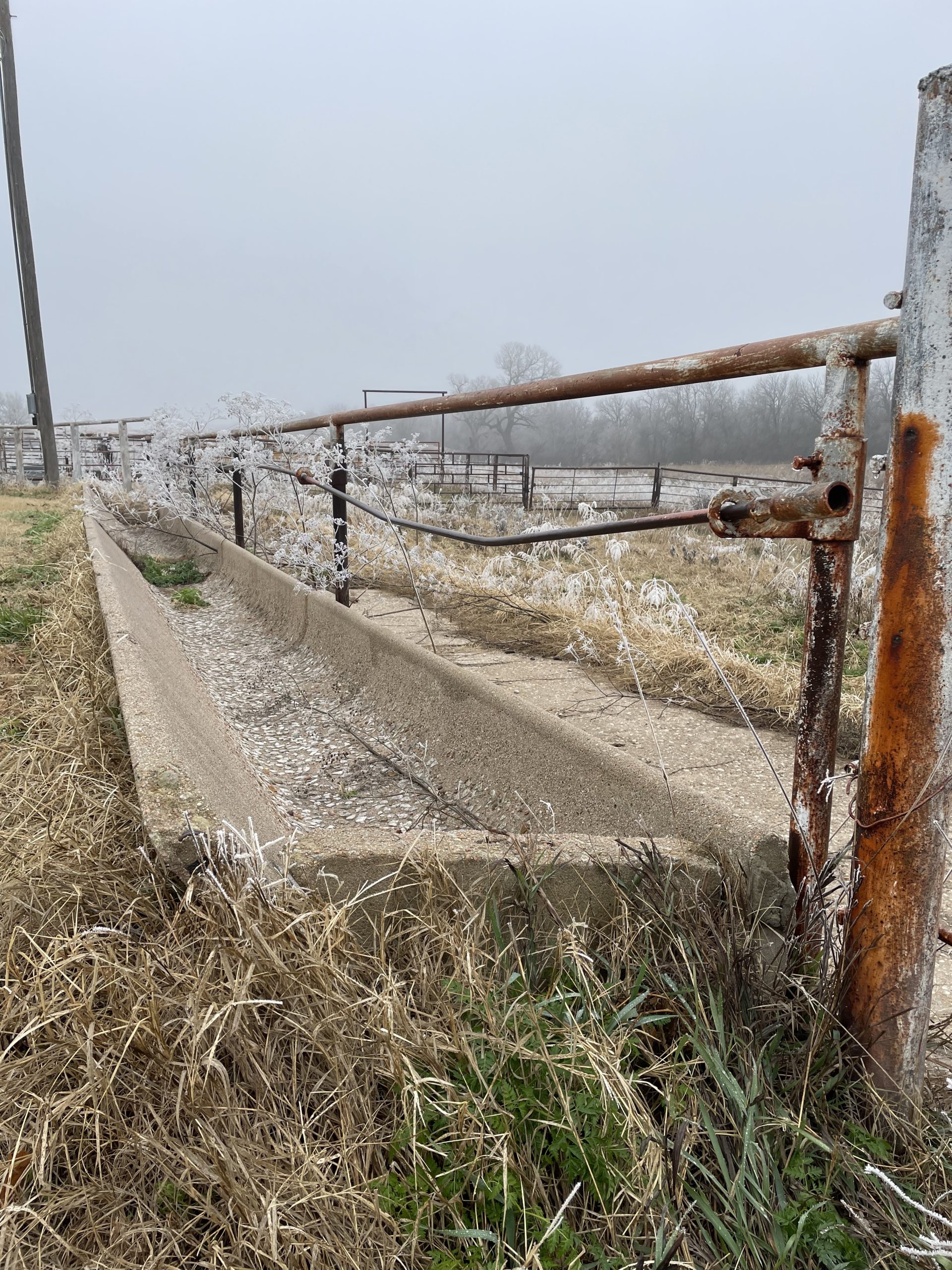The U.S. Department of Agriculture’s Economic Research Service recently released its annual Farm Sector Farm Income Forecast report for 2023 and it forecasts net income to be below the 2022 high but still at near record high of $151 billion.
Secretary of Agriculture Tom Vilsack said despite the decline from the previous year’s record of $182.8 billion it is still one of the best years on record.
He said net cash farm income for 2023 is 15% above average for the last two decades, and farm income over the 2021 to 2023 period represents the highest level of farm income in the last 50 years. U.S. agriculture exports have also seen the three highest years on record in 2021-2023, which is reflected in overall cash receipts, while 2024 is projected to be the fourth highest year on record despite potential declines.
“Even so, the data shows a majority of farm households rely on off-farm jobs to make ends meet, indicating that the income is not evenly distributed across the farm spectrum,” Vilsack said. “USDA will continue our efforts to bolster a complementary system that makes it possible for small- and mid-sized farms to benefit from more, new and better markets and climate smart agriculture opportunities so they can thrive.”
The change in net farm income this year is reflective of overall lower prices for farmers, higher production costs and higher interest rates, and declining government payments since their 2020 record levels, he said.
”A bright spot for farmers is that some production costs, including feed, fertilizer and pesticides, have declined,” Vilsack said. “USDA is taking all of these factors into account as we design and implement our programs, and as we work with Congress on the next farm bill into 2024.”
Net farm income, a broad measure of profits, reached $182.8 billion in calendar year 2022, increasing $42.4 billion (30.2%) from 2021 in nominal dollars, the USDA’s Economic Research Service reported. Net cash farm income reached $200.4 billion in 2022, increasing $51.1 billion (34.2%) from 2021. It is forecast to decrease by $42.5 billion (21%) from 2022 to $157.9 billion in 2023. In inflation-adjusted 2023 dollars, net farm income is forecast to decrease by $37.9 billion (20%) in 2023, and net cash farm income is forecast to decrease by $49.2 billion (23.8%) compared with the previous year. If realized, both income measures would remain above their 2003-22 averages (in inflation-adjusted dollars).
Summary findings
• Overall, farm cash receipts are forecast to decrease by $25.2 billion (4.7%) from 2022 to $509.6 billion in 2023 in nominal dollars. Total crop receipts are forecast to decrease by $12.1 billion (4.4%) from 2022 levels to $264.2 billion. Receipts for soybeans, corn, and cotton are forecast to decrease while receipts for fruit/nuts and hay are forecast to increase. Total animal/animal product receipts are projected to decrease by $13 billion (5%) to $245.4 billion, following declines in receipts for milk, broilers, eggs, and hogs while receipts for cattle and calves are forecast to increase.
• Direct government farm payments are forecast at $12.1 billion in 2023, a $3.5-billion (22.3%) decrease from 2022. Direct government farm payments include federal farm program payments paid directly to farmers and ranchers but exclude U.S. Department of Agriculture loans and insurance indemnity payments made by the Federal Crop Insurance Corporation. This decline follows lower supplemental and ad hoc disaster assistance to farmers and ranchers compared with 2022.
• Total production expenses, including those associated with operator dwellings, are forecast to increase by $14.9 billion (3.5%) in 2023 to $443.4 billion. Interest expenses and livestock/poultry purchases are expected to see the largest increases in 2023 while spending on fertilizer/lime/soil conditioners, fuels/oils, and feed is expected to decline relative to 2022.
• Farm sector equity is expected to increase by 6.9% ($229.4 billion) in 2023 to $3.57 trillion in nominal terms. Farm sector assets are forecast to increase 6.6% ($254 billion) in 2023 to $4.09 trillion following expected increases in the value of farm real estate assets. Farm sector debt is forecast to increase 5% ($24.6 billion) in 2023 to $520.7 billion. Debt-to-asset levels for the sector are forecast to improve from 12.93% in 2022 to 12.73% in 2023. Working capital is forecast to fall 5% in 2023 relative to 2022.
Dave Bergmeier can be reached at 620-227-1822 or [email protected].




